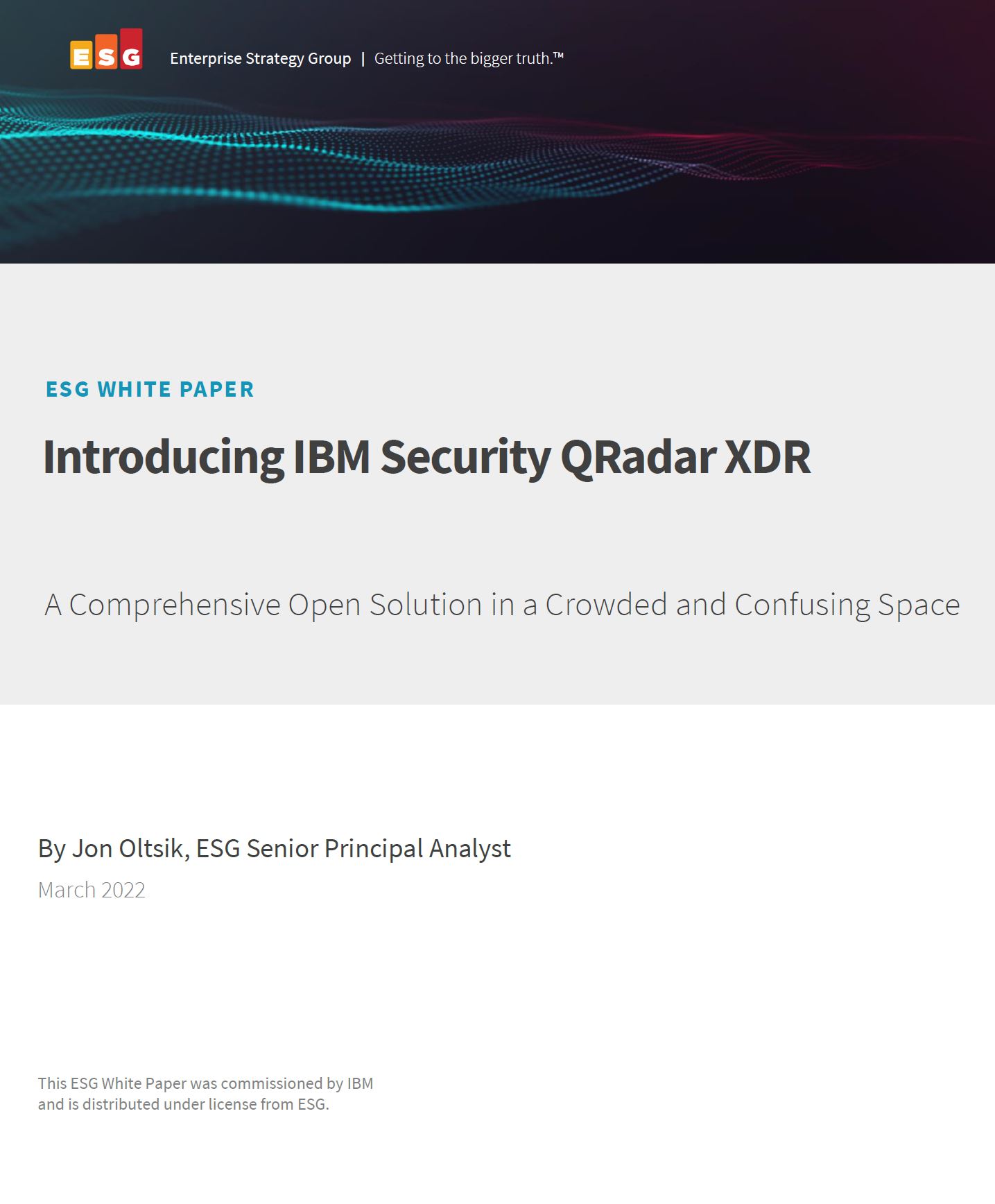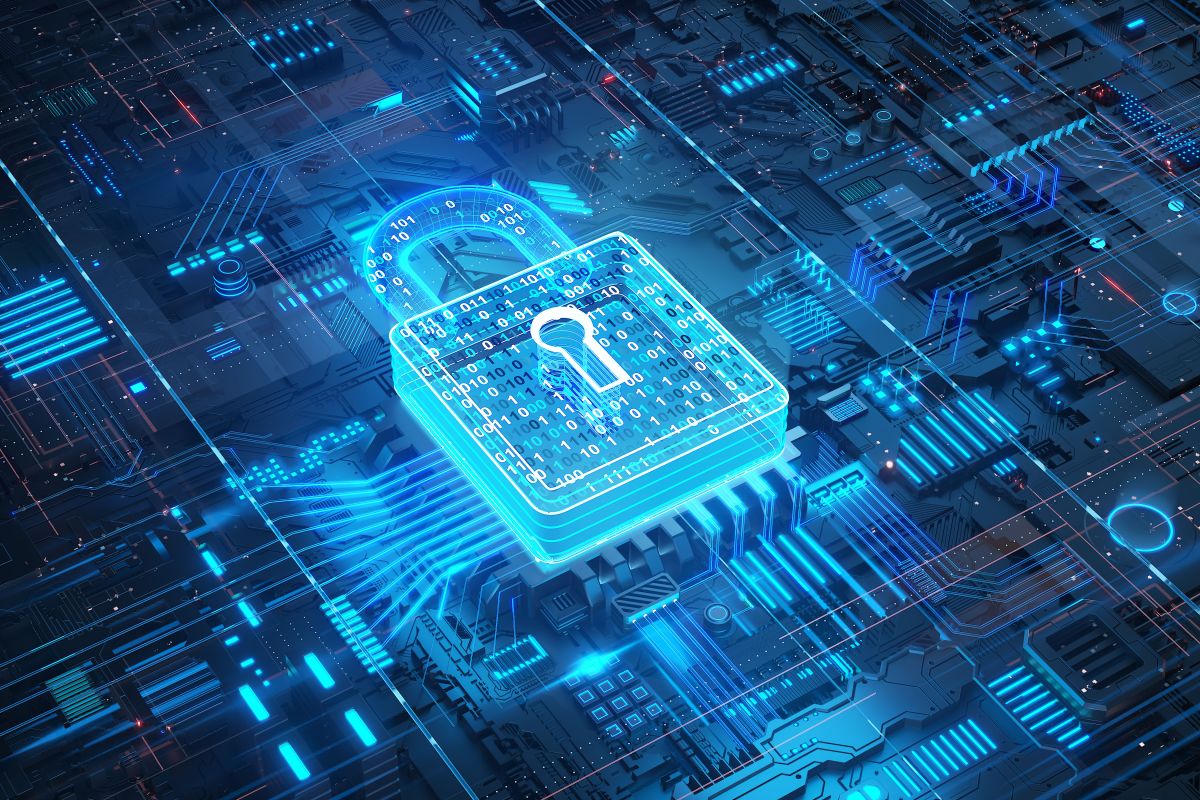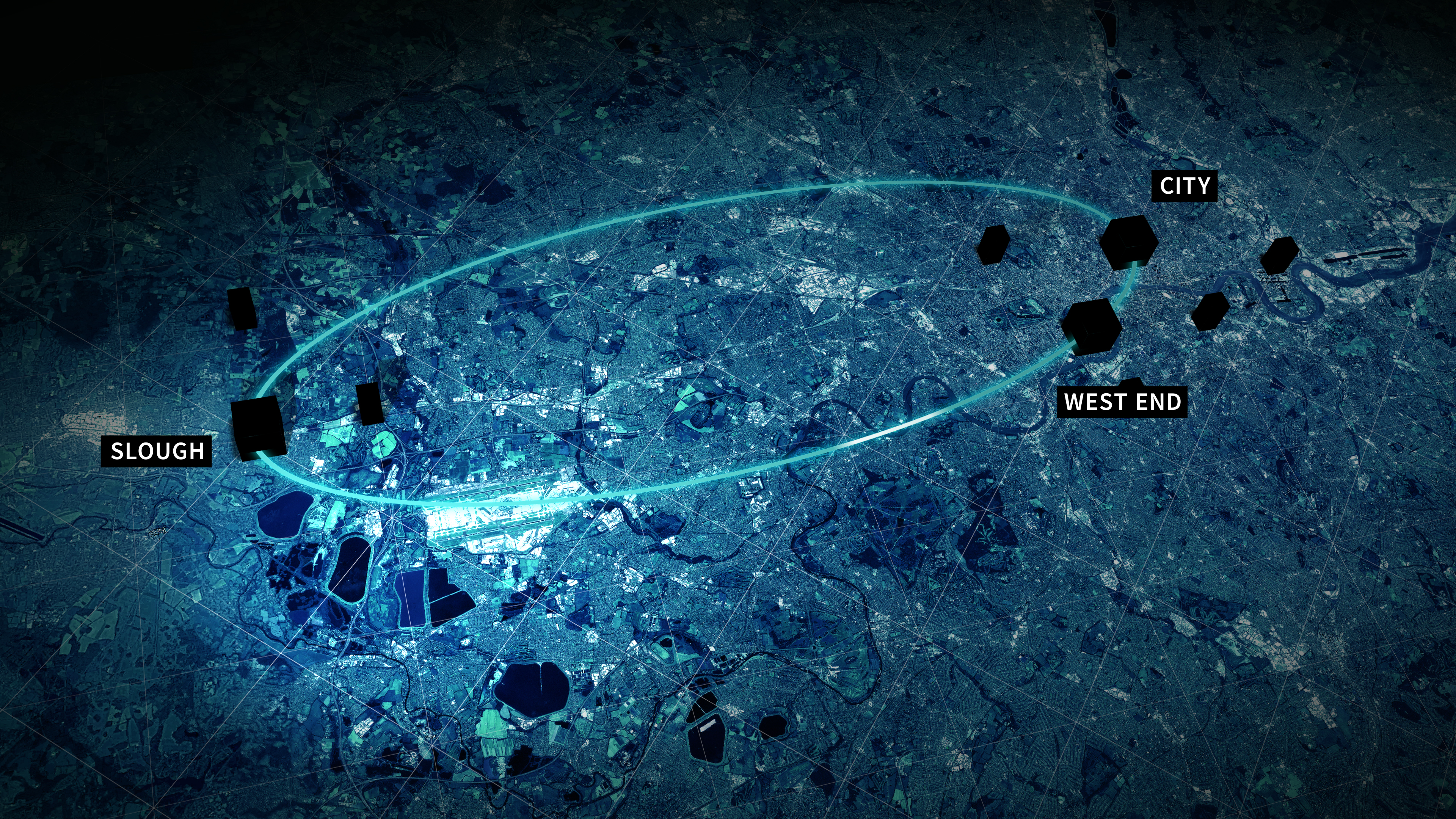US unveils next-gen encryption tools to withstand quantum computing attacks
The National Institute of Standards and Technology (NIST) hopes to offer a variety of tools for quantum-proof encryption


The US Department of Commerce’s National Institute of Standards and Technology (NIST) has revealed the first four encryption tools that are designed to withstand future cyber attacks powered by quantum computing.
The four selected encryption algorithms will become part of NIST’s post-quantum cryptographic standard, which is expected to be finalised in two years. They’ll be used to withstand potential future assaults by hackers using quantum computers, which may have the ability to crack the security used to protect privacy in digital systems, including in online banking and email software.
The announcement is part of a six-year effort pushed by NIST when, in 2016, it called on the world’s cryptographers to devise and vet encryption methods that could resist an attack from a future quantum computer that would be more powerful than today's most advanced hardware. NIST said the selection of these encryption tools marks the beginning of the finale of the agency’s post-quantum cryptography standardisation project.
Four additional algorithms are under consideration for inclusion in the standard, and NIST plans to announce the finalists from that round in the near future. It said it’s announcing its choices in two stages because of the need for a robust variety of defence tools. The agency also said there are different systems and tasks that use encryption, and a useful standard would offer solutions designed for different situations, use varied approaches for encryption, and offer more than one algorithm for each use case in the event one proves vulnerable.
“NIST constantly looks to the future to anticipate the needs of US industry and society as a whole, and when they are built, quantum computers powerful enough to break present-day encryption will pose a serious threat to our information systems,” said under secretary of commerce for standards and technology, and NIST director, Laurie E Locascio. “Our post-quantum cryptography programme has leveraged the top minds in cryptography — worldwide — to produce this first group of quantum-resistant algorithms that will lead to a standard and significantly increase the security of our digital information.”
Which encryption tools can withstand a quantum computer attack?
The four quantum-resistant algorithms rely on maths problems that both conventional and quantum computers should have difficulty solving, thereby defending privacy both now and down the road, added the agency.
The algorithms are designed for two main tasks for which encryption is typically used, general encryption, used to protect information exchanged across a public network, and digital signatures, used for identity authentication. All four of the algorithms were created by experts collaborating from multiple countries and institutions.
Get the ITPro daily newsletter
Sign up today and you will receive a free copy of our Future Focus 2025 report - the leading guidance on AI, cybersecurity and other IT challenges as per 700+ senior executives
RELATED RESOURCE

Introducing IBM Security QRadar XDR
A comprehensive open solution in a crowded and confusing space
For general encryption, used when users access secure websites, NIST has selected the CRYSTALS-Kyber algorithm. Its advantages include comparatively small encryption keys that two parties can exchange easily, as well as its speed of operation.
For digital signatures, often used when users need to verify identities during a digital transaction or to sign a document remotely, NIST has selected the three algorithms CRYSTALS-Dilithium, FALCON and SPHINCS+. Reviewers noted the high efficiency of the first two, and NIST recommends CRYSTALS-Dilithium as the primary algorithm, with FALCON for applications that need smaller signatures than Dilithium can provide. The third, SPHINCS+, is larger and slower than the other two, but is valuable as a backup for one key reason: It’s based on a different maths approach than all three of NIST’s other selections.
Three of the selected algorithms are based on a family of maths problems called structured lattices, while SPHINCS+ uses hash functions. The additional four algorithms still under consideration are designed for general encryption and do not use structured lattices or hash functions in their approaches.
While the standard is in development, NIST has encouraged cyber security experts to explore the new algorithms and consider how their applications will use them, but not to deploy them into their systems yet, as the algorithms could change slightly before the standard is finalised.
To prepare, NIST said that users can inventory their systems for applications that use public-key cryptography, which will need to be replaced before cryptographically relevant quantum computers appear. They can also alert their IT departments and vendors about the upcoming change.
Zach Marzouk is a former ITPro, CloudPro, and ChannelPro staff writer, covering topics like security, privacy, worker rights, and startups, primarily in the Asia Pacific and the US regions. Zach joined ITPro in 2017 where he was introduced to the world of B2B technology as a junior staff writer, before he returned to Argentina in 2018, working in communications and as a copywriter. In 2021, he made his way back to ITPro as a staff writer during the pandemic, before joining the world of freelance in 2022.
-
 Why keeping track of AI assistants can be a tricky business
Why keeping track of AI assistants can be a tricky businessColumn Making the most of AI assistants means understanding what they can do – and what the workforce wants from them
By Stephen Pritchard
-
 Nvidia braces for a $5.5 billion hit as tariffs reach the semiconductor industry
Nvidia braces for a $5.5 billion hit as tariffs reach the semiconductor industryNews The chipmaker says its H20 chips need a special license as its share price plummets
By Bobby Hellard
-
 Get started on post-quantum encryption, organizations warned
Get started on post-quantum encryption, organizations warnedNews The UK's national cybersecurity agency is urging companies to begin preparing themselves for quantum threats by 2035.
By Emma Woollacott
-
 NIST aims to quantum-proof encryption with new algorithms
NIST aims to quantum-proof encryption with new algorithmsNews Three algorithms are now in draft and more are on the way to bolster enterprise defenses
By Richard Speed
-
 C-suites consider quantum a serious threat and "amazing" deepfake attacks are just 'months away'
C-suites consider quantum a serious threat and "amazing" deepfake attacks are just 'months away'News Deepfake technology has matured at a rapid rate, and video scams are likely to be a on par with the more convincing voice-only campaigns very soon, one expert says
By Rory Bathgate
-
 GSMA partners with IBM, Vodafone on Post-Quantum Telco Network Taskforce
GSMA partners with IBM, Vodafone on Post-Quantum Telco Network TaskforceNews The three organisations will work together to create a roadmap to implement quantum-safe networking
By Daniel Todd
-
 How quantum computing could change cyber security
How quantum computing could change cyber securitySponsored The huge leap in computing performance from quantum computing poses a threat to traditional security, but there are steps you can take to guard against the quantum future
By IT Pro
-
 BT and Toshiba address QKD concerns with new trial
BT and Toshiba address QKD concerns with new trialNews The National Cyber Security Centre (NCSC) previously raised concerns of potential attacks
By Sabina Weston
-
 AWS launches quantum random number generator
AWS launches quantum random number generatorNews The cloud giant is using an Australian university’s technology to help customers access random numbers for experiments through an API
By Zach Marzouk
-
 Quantum security: The end of security as we know it?
Quantum security: The end of security as we know it?In-depth It’s a core component of the developing DARQ technologies, but if a quantum computer performs as expected it could wreak havoc on cyber security
By David Howell